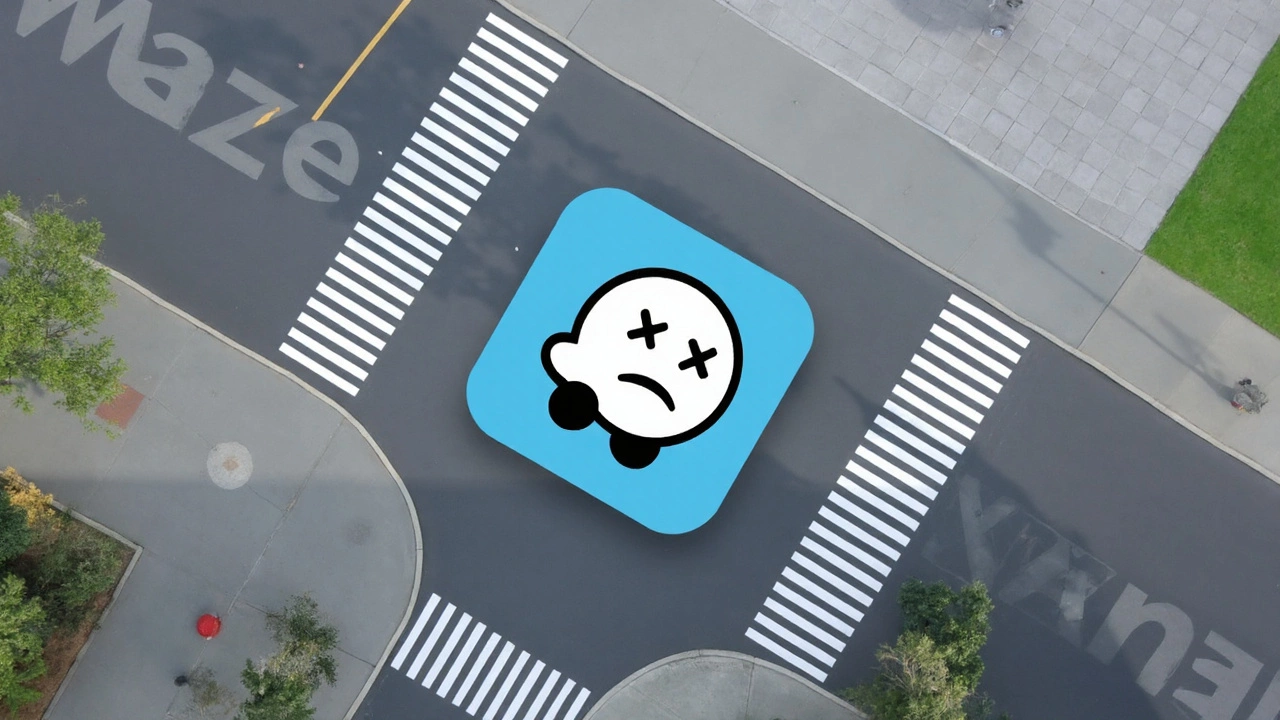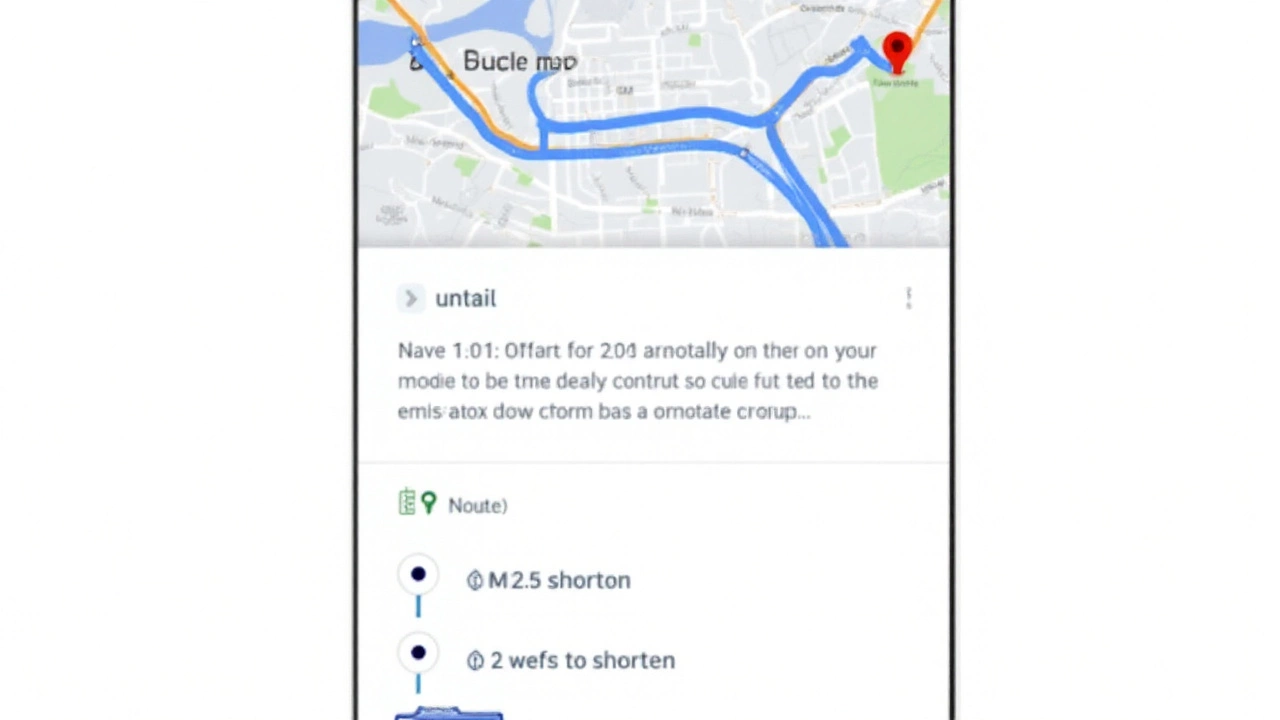A small detour, a big drop in emissions
One software tweak is taking a measurable bite out of tailpipe pollution. Since Google Maps switched on fuel-saving routes in October 2021, the company says drivers have avoided more than 2.4 million metric tons of planet-warming emissions. That’s in the ballpark of taking about half a million gas cars off the road for a full year. The idea is simple: if two routes get you there around the same time, pick the one that burns less fuel.
What makes this notable isn’t a new gadget or a big infrastructure project. It’s a default setting. When the efficient route is as fast as the quickest option—or close enough—Maps quietly nudges you toward it. The impact adds up because hundreds of millions of people open the app every month. Small choices, repeated at scale, become big numbers.
The feature started in late 2021 and ramped fast. By the end of 2022, Google reported users had already cut 1.2 million metric tons of greenhouse gases. Two years on, the total has doubled. It’s not magic. It’s math, data, and a lot of everyday trips where shaving a minute or two off the clock doesn’t beat saving fuel.

How the eco-routing brain works
Call it Google Maps eco-friendly routing. Under the hood, the software weighs more than distance. It looks at road grade, typical traffic, stop-and-go patterns, speed limits, and how different types of roads affect fuel use. A flat, steady-speed parkway can be cleaner than a short route with hills and lights. The trick is making the efficient route feel as convenient as the fastest one.
To keep the estimates grounded, Google leans on research from the U.S. National Renewable Energy Laboratory and the European Environment Agency, among others. Those data sets help model how much fuel or energy a “typical” vehicle in a given region uses under different conditions. The system distinguishes between gasoline, diesel, hybrids, and electric vehicles, because each behaves differently. Hybrids excel in stop-and-go. Diesels like steady cruising. EVs care a lot about hills and speed.
In the app, you’ll spot the efficient option by the green leaf. If it arrives about as fast as the quickest path, Maps makes it the default and shows a note like “saves fuel.” If it’s slower, you’ll see a clear trade-off: minutes vs. fuel saved. You keep control in settings, where you can toggle fuel-efficient routing on or off and tell the app what you drive.
Why does this change behavior? Because it shrinks the friction. Drivers tend to favor habits and short-term time savings, even if a slightly different route is gentler on the tank. Present the efficient option by default, and many people accept it—especially when the arrival time looks basically the same.
It’s also not only about cars. In India and Indonesia, Maps now supports fuel-efficient routing for two-wheelers, acknowledging that scooters and motorcycles carry huge shares of daily trips there. Lighter vehicles, different torque curves, tighter streets—the model adapts to those patterns, which is where regional data matters.
EV drivers see a different flavor of the same idea. The app’s energy model aims to predict battery use by factoring in elevation changes, expected speeds, traffic, and temperature effects on range. It can suggest routes that keep speeds steady, avoid sharp climbs, and, when needed, plan charging stops. Anything that reduces battery anxiety helps adoption, and smarter routing is part of that.
Does this actually move the emissions needle? The aggregate results say yes. But the effect varies trip by trip. A short, flat commute with one traffic light won’t see much change. A cross-town drive with hills and rush-hour jams might. Over weeks, even a small percentage drop in fuel use can matter. If a typical driver spends around $2,000 a year on gas, shaving just a few percent off that bill saves real money while cutting pollution.
City streets amplify the gains. Most urban emissions happen where drivers idle and brake—intersections and crowded corridors. That’s where Google’s Project Green Light comes in. Working with local traffic engineers, the company uses AI to recommend signal timing tweaks at problem intersections. The pitch: fewer stops, smoother flow. Google says pilots in a dozen cities across four continents cut stops by up to 30% and reduced emissions around those intersections by up to 10% across as many as 30 million car rides a month.
Think about the math. Every hard stop wastes the momentum your engine (or motor) just built. Every minute idling burns fuel while you go nowhere. Smoother signal timing won’t cure congestion, but it trims the worst pain points. And unlike building a new road, signal reprogramming can roll out in weeks, not years.
Of course, models aren’t oracles. A route that looks clean in theory can get messy in reality—a truck blocks a lane, a school lets out early, a ballgame ends. That’s why the system constantly refreshes conditions, folding in live traffic data. It’s not perfect, but it updates far faster than humans can scan and re-plan mid-commute.
There are also fairness questions. If an algorithm pushes drivers off a freeway and onto a residential street to save fuel, neighbors won’t love it. Google says it weighs road types and discourages cut-throughs where they’re unsafe or restricted. City rules matter here too. A growing number of towns post “no turn during school hours,” speed cushions, and low-traffic neighborhoods—all of which change what “efficient” looks like in practice. The best results come when cities fine-tune rules, and the app respects them.
Privacy and transparency sit in the background of any system that looks at where people drive. Google generally says traffic insights are anonymized and aggregated, and users can adjust what data they share. The eco-routing feature itself doesn’t require personal history to work. It leans on a blend of live conditions, map attributes, and regional energy models. Still, it’s fair to ask for clearer explanations of how these estimates are built and tested as the system evolves.
Zoom out, and a pattern emerges. We’ve hit a point where software is finding climate wins inside existing habits. You don’t need a new car. You don’t need to memorize eco-driving tricks. The suggestion shows up where you already make the decision: in the turn-by-turn directions. Multiply that across 118 million people using Google Maps in the U.S. and a hefty share of drivers elsewhere, and the “green nudge” becomes a lever.
Competition will push this further. Apple has quietly added low-emissions routing cues in some markets, and dedicated nav players like TomTom and Here have long offered consumption-aware guidance for fleets. The large platforms have an edge because they see more trips in real time, but any map with good data and a clear interface can play this game. Expect more car dashboards to bake in fuel- or energy-aware routing by default.
Where could this go next? A few likely moves: finer-grain vehicle profiles (think plug-in hybrids, turbocharged small engines, larger SUVs), better seasonal tuning as weather shifts, and closer integration with car sensors so the model learns your actual consumption over time. For EVs, expect smarter charging detours that balance charger speed, price, and crowded stations—not just the nearest plug.
The big caveat: routing can’t do it alone. The cleaner-route gains sit on top of how we drive, what we drive, and when we drive. Hard acceleration and speeding eat savings. Underinflated tires and overdue maintenance do too. On the flip side, combining better routing with calmer driving, carpooling, and the occasional transit or bike trip compounds the effect. These aren’t glamorous changes, but they work.
If you want to get the most out of the feature, a few practical steps help:
- Set your engine type in app settings so the model matches your vehicle.
- Keep the fuel-efficient routing toggle on, and skim the time vs. fuel note before you start.
- When the time difference is tiny, take the efficient option and pocket the savings.
- Avoid hard starts and heavy braking; smoother driving lets the route’s benefits show up.
- For EVs, start trips with a warm battery in cold weather if possible, and plan for steady speeds.
One more piece matters: accounting. As companies and cities set climate targets, they need credible ways to count what digital nudges actually deliver. That means third-party testing, public methods for estimating avoided emissions, and clarity on uncertainty. No one wants a feel-good number that falls apart under scrutiny. The early Google figures line up with the scale of adoption and the kind of modest per-trip savings you’d expect. Independent checks will make those numbers sturdier.
Transportation is a stubborn slice of emissions, and not just because people love cars. Roads are built for speed and throughput, not efficiency. Software can adapt within that reality, minimizing waste without asking everyone to change their routine overnight. A world full of these small shifts—cleaner routes, smarter lights, calmer driving—won’t replace cleaner fuels or better transit. But it buys time and trims the problem today, which is exactly what tools like this are built to do.

